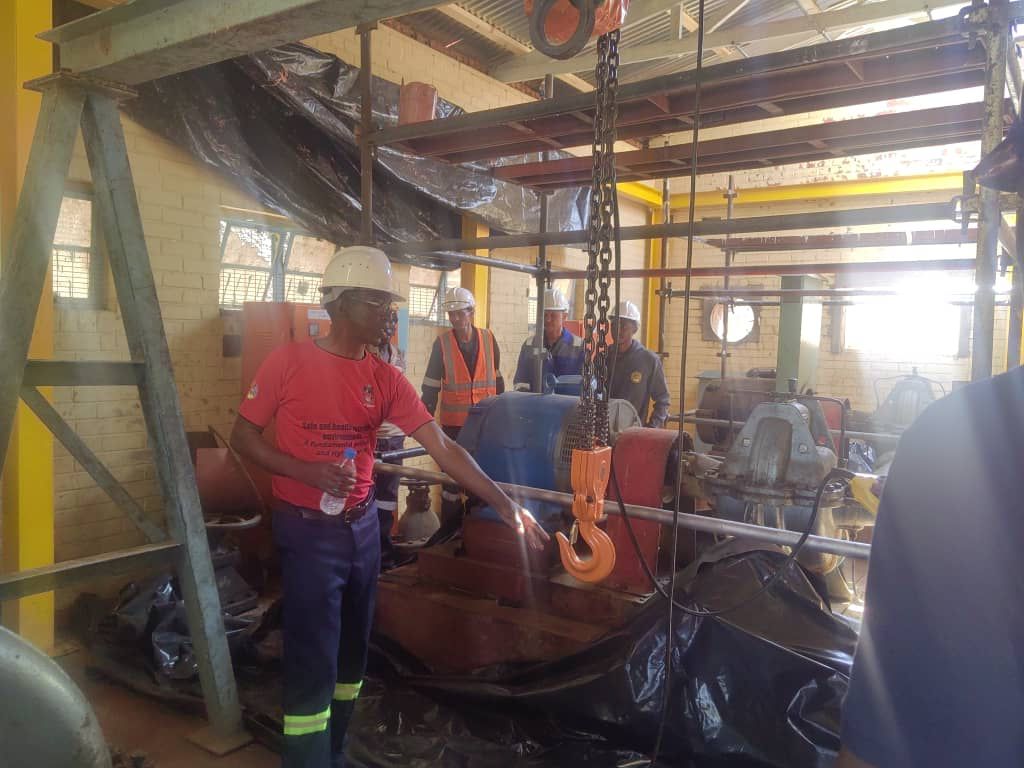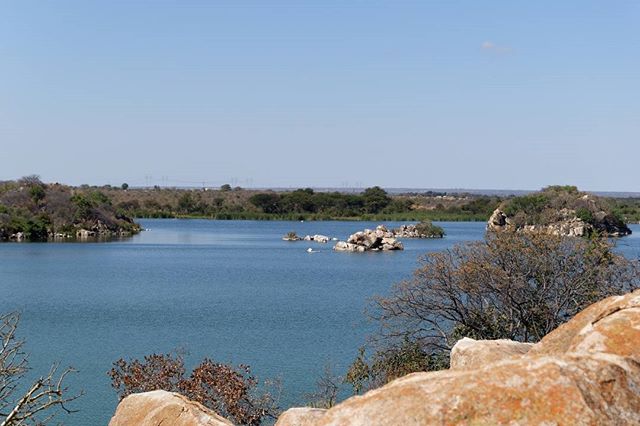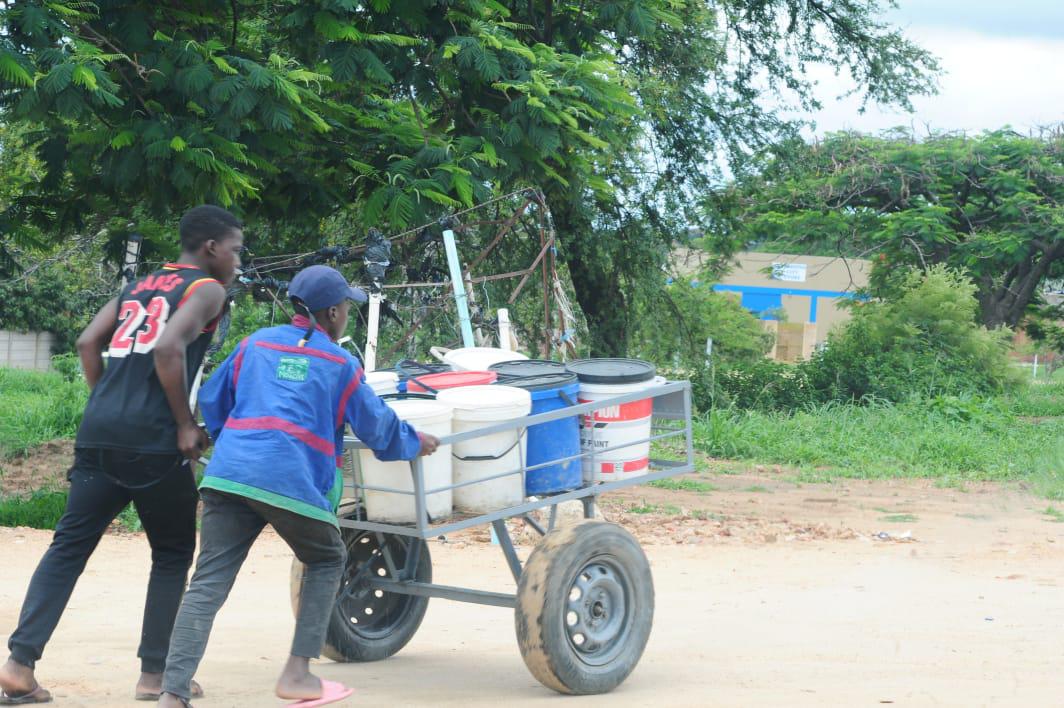“How long can we keep living like this?” asks Taurai Kandemwa, a frustrated 40-year-old resident of Cowdray Park.
“These politicians came to us before the 2023 elections, waving their manifestos and promising to fix the water crisis. They spoke as if solutions were just around the corner, but instead, the water crisis has worsened.”
Kandemwa describes how the decommissioning of Umzingwane and Upper Ncema dams in October 2024 has worsened an already dire situation.
“Every day, we wake up wondering if water will flow from our taps or if we’ll spend another day queuing at boreholes or buying expensive water from vendors,” he says.
“It’s exhausting. How do they expect us to run homes, schools, or businesses without water?”
Taurai Kandemwa
Bulawayo residents are enduring the city’s worst water challenges in years, primarily due to recurring droughts and outdated infrastructure.
A System Stuck in the Past
The city’s water infrastructure, including its reservoirs, has not been upgraded for decades. No new dams have been constructed since 1975, despite the city’s rapidly growing population.
In the 1950s, the city’s population was 91,635. By 2024, the population had grown to 658,028, with an annual growth rate of 1.31%, according to the United Nations World Urbanization Prospects.

Aging infrastructure, dwindling resources, and broken promises leave residents desperate for solutions. | Photo: Sharon Sibindi/The Citizen Bulletin
The city’s oldest dam, Lower Ncema, was built in 1943, while Umzingwane was completed in 1956. The largest dam, Inyankuni, with a carrying capacity of 80 million cubic meters, was constructed in 1965. Insiza, the newest dam, was built in 1975, a year after the completion of Upper Ncema. Since then, no additional dams have been built to support the city’s expanding population.
A Long-Delayed Solution
The Matabeleland Zambezi Water Project (MZWP), first proposed in 1912, has become a symbol of broken promises. The project, which seeks to bring water from the Zambezi River to Bulawayo, has missed countless deadlines.
In 1992, the late activist Arnold Payne drew national attention to the issue by pushing a wheelbarrow filled with water from the Zambezi River to Bulawayo. Despite his efforts and the formation of Operation Desperation Trust to raise funds, the project stalled.
Construction resumed in 2017 after the Chinese Exim Bank provided $864 million in funding. However, the project has repeatedly failed to meet deadlines. President Emmerson Mnangagwa pledged to complete the project by 2019, then by 2023, and most recently by December 2024.
Blame Game
Matabeleland Institute for Human Rights coordinator Khumbulani Maphosa says the city’s water problems stem from decades of neglect and misplaced priorities.
“This infrastructure didn’t get old overnight,” Maphosa says. “It has been aging every day, and there are people in offices employed to manage it. They failed to act, and now we’re blaming the infrastructure as if it’s at fault for aging. Aging is part of its life span.”
Maphosa cautions against using poor-quality materials in replacing infrastructure.
“We need to prioritize quality over cost,” he says. “Using substandard products will only create more problems. It’s better to replace infrastructure slowly with durable materials that can last 100 years than to use cheap products that fail within months.”

Workers repair a pump at Umzingwane, upgrading Bulawayo’s aging water system. | Photo: Sharon Sibindi/The Citizen Bulletin
Maphosa also advocates for devolving water governance to local authorities.
“Centralizing water governance under a new devolution framework is inconsistent with good policy,” he says. “We need to give local authorities the resources and autonomy to manage water systems effectively.”
Risks of Inaction
Policy analyst Effie Ncube says aging infrastructure is at the heart of the city’s water crisis.
“The city’s outdated pipes, treatment facilities, and technologies are causing frequent leaks, contamination risks, and inefficiencies in water management,” Ncube says.
He warns that the current state of the infrastructure is costing the city in more ways than one.
“Obsolete systems lead to water losses and reduced revenue due to breakages. Residents are going weeks without clean water, forcing them to turn to unsafe sources. This increases the risk of waterborne diseases, putting a strain on limited health resources.”
Ncube emphasizes the need for cooperation between local and central governments to address the issue.
“There’s a need to increase budgetary allocations for water supply at both the local and national levels,” he says. “Public-private partnerships could also help by leveraging private sector expertise, technology, and funding. The damage is too extensive to be left solely to local authorities.”
Bulawayo City Council (BCC) once proposed recycling water from Khami Dam, which was decommissioned in 1988 due to heavy pollution. However, residents rejected the idea due to health concerns. The municipality estimates it would cost $26 million to purify the dam’s water for consumption.

In 2020, residents strongly opposed BCC’s plan to pump water from Khami Dam into households. | Photo: Zimlocals/X
A Silent Threat: Siltation
Adding to the city’s woes is the issue of siltation, which has significantly reduced the capacity of its dams. Illegal gold panning, deforestation, and poor land management in catchment areas have exacerbated the problem.
“Siltation is a critical issue that must be addressed urgently,” Ncube says. “Even during periods of heavy rainfall, dams fail to fill because of sediment buildup. Without action, we’ll continue to see diminishing water supplies despite adequate rains.”
Despite repeated calls for interventions, efforts to address siltation have been slow, leaving the city’s already strained water system more vulnerable. Experts warn that without comprehensive catchment management and reforestation programs, the city’s dams will struggle to meet the needs of its growing population, a situation that could deepen the water crisis for generations to come.

